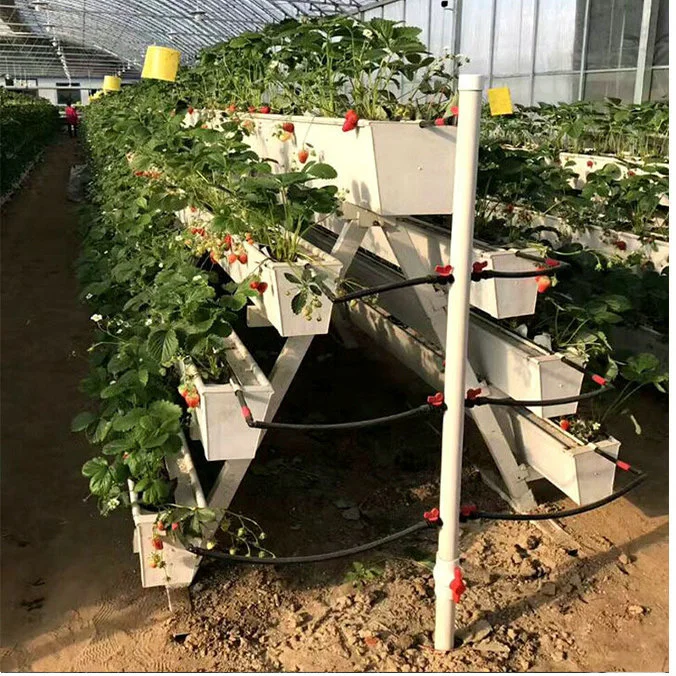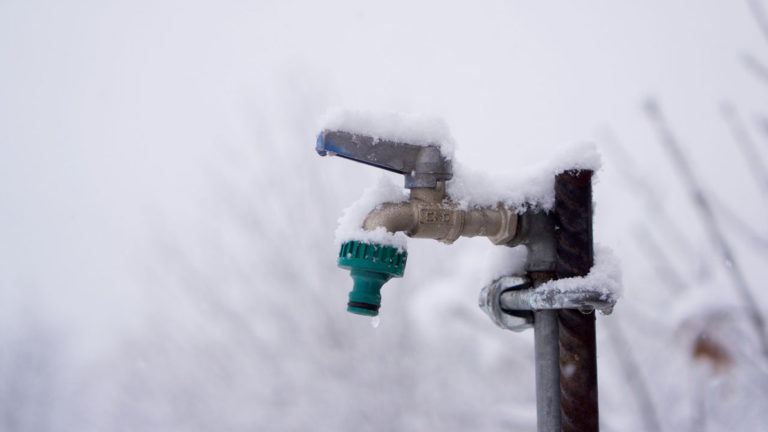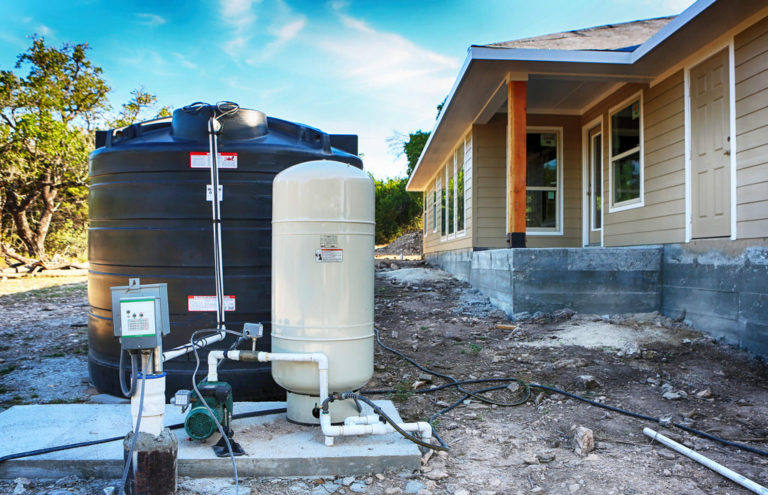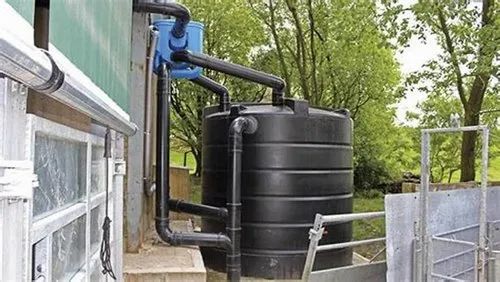Hydroponics and traditional gardening are two vastly different methods of growing plants, each with its own set of benefits and drawbacks.
While traditional gardening involves planting seeds in soil and relying on natural weather patterns, hydroponics uses a controlled environment to nurture roots and support healthy growth.
In this comparative analysis, we’ll dive into the key differences between these two methods to help you decide which one is best for your next gardening project.
Water Efficiency
Hydroponic systems use significantly less water than traditional gardening methods, as the nutrient solution is recirculated and reused. In contrast, traditional gardening methods often involve constant watering, which can lead to waste and inefficiency.
Unlike traditional gardening methods, which often involve constant watering and wasteful runoff, hydroponic systems recirculate and reuse the nutrient solution, minimizing water loss and ensuring optimal use of this precious resource.
By reusing the nutrient solution, hydroponic systems can save up to 90% less water than traditional methods, making them an environmentally friendly and sustainable option for growing a wide range of crops, from leafy greens to root vegetables.
This not only helps to conserve water but also reduces the risk of overwatering, which can lead to nutrient deficiencies and reduced yields.
With hydroponic systems, gardeners and farmers can enjoy healthy and thriving crops while doing their part to protect the environment.
Space Savings
Hydroponic systems can be designed to grow crops in vertical spaces, allowing for maximum yield in a minimal footprint. Traditional gardening methods often require larger areas of land to achieve similar yields.
Hydroponic systems offer a game-changing solution for growers looking to maximize their yields in minimal space.
By leveraging vertical growth, hydroponic systems can achieve higher yields per square foot compared to traditional gardening methods.
This is particularly advantageous for urban farmers, who may have limited access to land or face challenges related to space and resource constraints.
With hydroponic systems, crops can be grown in vertically stacked layers, allowing for a much higher density of planting compared to traditional soil-based methods.
This not only saves space but also reduces the amount of water and nutrients needed, making the system more efficient and sustainable.
Moreover, hydroponic systems can be customized to fit various spatial constraints and crop requirements.
For instance, NFT (nutrient film technique) hydroponics can be used for leafy greens and herbs, while DWC (deep water culture) hydroponics is better suited for root vegetables like carrots and beets.
Overall, hydroponic systems offer a highly efficient and sustainable solution for growing crops in urban areas, allowing growers to maximize their yields and contribute to a more resilient food system.
Faster Growth Rates
Hydroponic systems provide plants with a constant supply of nutrients, which can lead to faster growth rates compared to traditional gardening methods. This is especially true for leafy greens and other crops that are sensitive to nutrient deficiencies.
Hydroponic systems offer a game-changing solution for gardeners seeking faster growth rates and optimal nutrient delivery to their plants.
Unlike traditional gardening methods, hydroponics provides a constant supply of nutrients to plants, ensuring they receive exactly what they need, when they need it.
This leads to faster growth rates, especially for leafy greens and other crops that are sensitive to nutrient deficiencies.
With hydroponics, plants can reach their full potential, producing more robust growth and higher yields.
The consistent nutrient supply also eliminates the guesswork of traditional fertilizing methods, allowing for precise control over nutrient levels.
As a result, gardeners can enjoy more successful harvests and a longer growing season.
Whether you’re a seasoned grower or just starting out, hydroponic systems offer an intelligent and efficient way to nurture your plants to success.
Increased Yields
Hydroponic systems can produce higher yields than traditional gardening methods due to the controlled environment and optimal nutrient supply. This can be especially beneficial for crops like tomatoes, peppers, and cucumbers.
Hydroponic systems offer a controlled, optimized environment that can increase crop yields beyond what traditional gardening methods can achieve.
By precisely controlling temperature, humidity, light, and nutrient levels, growers can tailor a hydroponic system to each crop’s specific needs, leading to higher yields and improved quality.
This is particularly advantageous for crops like tomatoes, peppers, and cucumbers, which thrive in warm, well-watered environments with ample nutrients.
For instance, hydroponically grown tomatoes can produce up to 30% more yield than those grown in soil due to the consistent provision of nutrients, while peppers and cucumbers can enjoy up to 25% increase in yields.
By leveraging hydroponic systems, farmers and gardeners can maximize their harvests, all while reducing their environmental impact through reduced water usage and minimized land use.
Reduced Soil Erosion
Hydroponic systems do not use soil, which can lead to reduced soil erosion and decreased risk of soil-borne diseases. Traditional gardening methods often involve tilling and cultivating the soil, which can lead to soil erosion and other environmental issues.
Hydroponic systems offer a soil-free alternative to traditional gardening methods, mitigating the risks of soil erosion and soil-borne diseases.
By suspending plants in a nutrient-rich solution rather than cultivating them in soil, hydroponics eliminates the need for tilling and other soil disturbance techniques.
This reduces the likelihood of soil erosion, which can lead to decreased soil fertility, nutrient depletion, and increased sedimentation in waterways.
Moreover, hydroponics minimizes the risk of soil-borne diseases, such as fungal infections and pests, which can be prevalent in traditional gardening methods.
With hydroponics, plants are exposed to a controlled, sterile environment, reducing the likelihood of disease transmission.
By choosing hydroponics, gardeners and farmers can enjoy the benefits of healthy, disease-free crops while also contributing to sustainable agriculture and environmental stewardship.
Improved Crop Health
Hydroponic systems provide plants with a controlled environment and optimized nutrient supply, leading to improved crop health and reduced risk of disease. Traditional gardening methods can be more susceptible to disease and pests due to the variable nature of soil conditions.
Hydroponic systems offer a controlled environment that provides plants with optimized nutrient supplies, resulting in improved crop health and reduced risk of disease.
Unlike traditional gardening methods, which are subject to the variable nature of soil conditions, hydroponic systems provide a consistent and optimized supply of nutrients to plants.
This controlled environment allows for more precise control over factors such as temperature, humidity, and light, further reducing the risk of disease and pests.
Hydroponic systems can be designed to recycle water and nutrients, reducing waste and conserving resources.
With hydroponic systems, gardeners and farmers can enjoy improved crop yields, reduced water usage, and a reduced risk of disease, all of which contribute to a more sustainable and productive agricultural system.
Reduced Chemical Use
Hydroponic systems can reduce the need for chemical pesticides and fertilizers, as the controlled environment and optimized nutrient supply can promote healthy plant growth without the need for these substances. Traditional gardening methods often rely heavily on chemical inputs to maintain plant health and control pests and diseases.
Hydroponic systems offer a revolutionary alternative to traditional gardening methods, enabling growers to cultivate healthy and vibrant plants without relying on chemical pesticides and fertilizers.
By providing a controlled environment and optimizing nutrient supply, hydroponics empowers growers to promote healthy plant growth while minimizing the use of harmful chemicals.
In traditional gardening, plants are often subjected to a variety of stressors, such as pests, diseases, and nutrient deficiencies, which can lead to the overuse of chemical pesticides and fertilizers.
However, hydroponic systems mitigate these stressors through careful control of temperature, humidity, and nutrient delivery, allowing plants to thrive without the need for chemical inputs.
As a result, hydroponic gardening not only reduces the need for harmful chemicals but also produces healthier and more sustainable crops.
Water Conservation
Hydroponic systems use a closed-loop system that recirculates nutrient solution, reducing water waste and conserving this valuable resource. Traditional gardening methods often require more water due to the need for consistent soil moisture.
One of the key benefits of hydroponic systems is their closed-loop design, which recirculates the nutrient solution to minimize water waste.
Unlike traditional gardening methods that rely on soil to retain moisture, hydroponic systems use a precise balance of water and nutrients to support plant growth.
This closed-loop design means that the nutrient solution is continuously recirculated, allowing for maximum water conservation and reduced waste.
In fact, a study by the University of California found that hydroponic systems use an average of 90% less water than traditional gardening methods.
By leveraging this closed-loop design, hydroponic systems can provide the same or better crop yields as traditional gardening methods while conserving this valuable resource.
Whether you’re growing food or flowers, hydroponic systems offer an innovative and water-efficient solution for your gardening needs.
Want More? Dive Deeper Here!
Hey there! If you’re the type who loves going down the rabbit hole of information (like we do), you’re in the right spot. We’ve pulled together some cool reads and resources that dive a bit deeper into the stuff we chat about on our site. Whether you’re just killing time or super into the topic, these picks might just be what you’re looking for. Happy reading!






